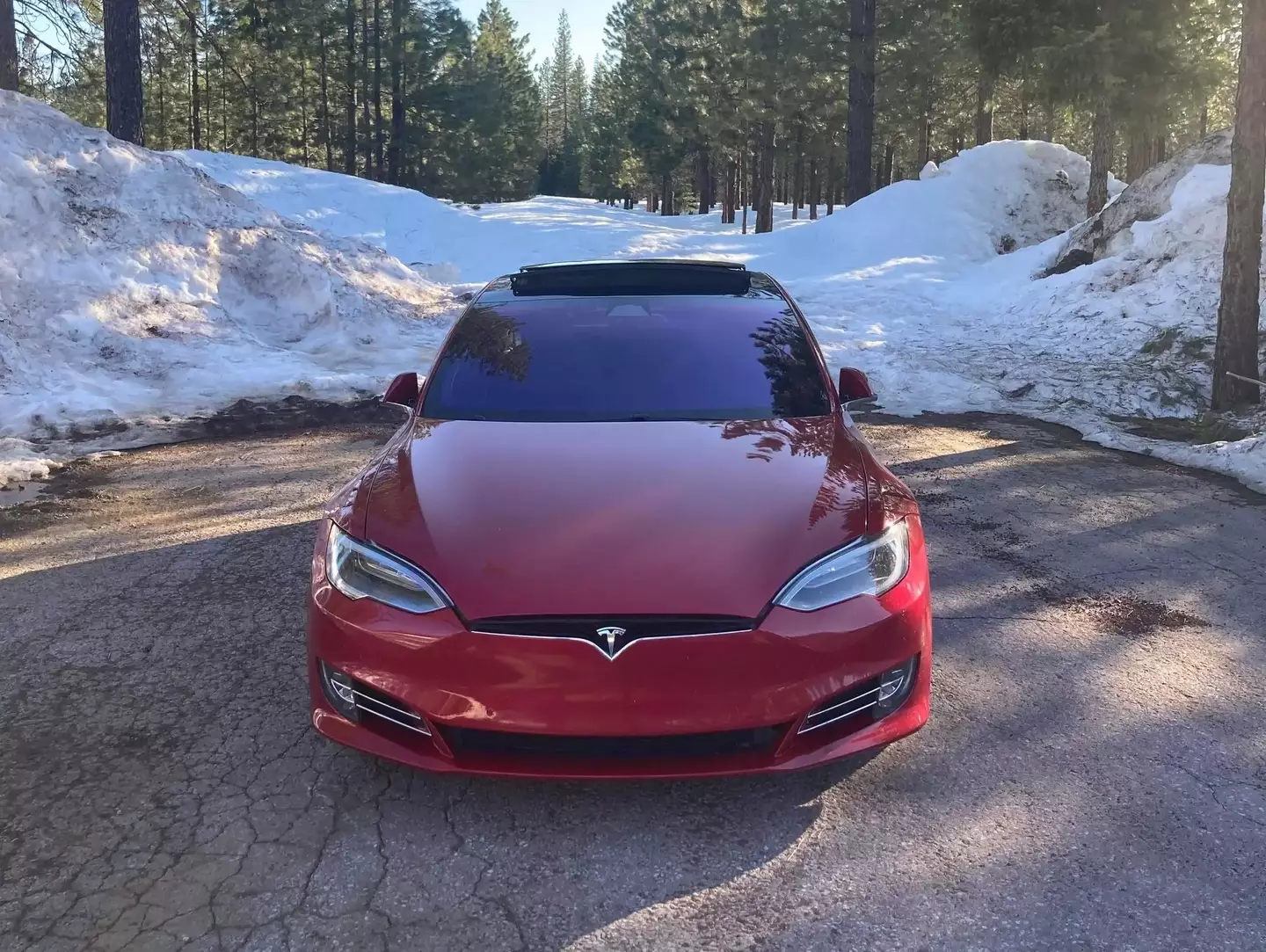
After completing an anxiety-inducing road trip, a Tesla driver has issued a warning regarding ‘charging curves’ and how best to prepare your car better for long journeys.
As per Insider, last month Ryan Shelton took the plunge and headed out on a road trip for the first time in his 2017 Model S Tesla.
On April 8, the 27-year-old business owner made the almost 1,300-mile (2092km) journey with his partner and travelled from North Long Beach, California to Burney Falls and back.
However, Shelton found that, the further away he got from each passing city, the more difficult it was to find a Tesla Supercharger.
It took him 17 hours to travel to Burney Falls due to the tricky terrain he had to tackle, and he said that he stopped at a nearby campsite to recuperate.
Advert
“I was going through these canyons, so I’m going really, really high uphills and really up and down, up and down, up and down,” Shelton said. “Because of that, it literally took about 30 per cent of my battery to get to the charger from the campsite.”
“I ended up doing this terrible dance where I was camping and using Camp mode on the vehicle,” he admitted.
Camp mode on a Tesla helps maintain temperature and airflow throughout the vehicle, making it the perfect setting for snoozing.

Advert
However, Shelton said that by using Camp mode, he wiped out 20 per cent of his Tesla’s battery and was therefore forced to charge the electric vehicle more often.
“Dealing with the terrain and Camp mode, I literally couldn’t keep a charge, so I had to keep going to that charger [at the campsite] once a day for two days in a row.”
Shelton successfully made it to his destination and back without his Telsa running out of juice, but he said that anyone who is road-tripping in an electric vehicle needs to be aware of its 'charging curve'.

Advert
A charging curve is the fluctuation of speed that a car charges during a single charging session.
For example, have you ever noticed that your phone charges from 0-75 per cent super quickly, but then takes double the time to go from 75-100 per cent?
Essentially; the fuller the battery, the slower it will be to charge and the more energy it will expend doing it.
So your Tesla will take less time to charge up if the battery is low, but you’ll have to spend more time at the charging port if it is already pretty high.
According to Tesla, the company recommends that drivers keep their vehicle's battery set within the ‘Daily range’ bracket, and only charge it up to approximately 90 per cent full.
Advert
But for those who are going further afield, like Shelton, it is recommended that you charge your Tesla up to 100 per cent.
As per WiTricity, charging rates slow down dramatically past the 80 per cent mark, and the long-term health of your vehicle's battery back is improved when kept below 100 per cent.
So, if you’re thinking of touring around in your Tesla soon, it’s advised that you check out your battery's health and also keep an eye on the 'charging curve'.
UNILAD has reached out to Tesla for comment.
Topics: Tesla, Elon Musk, Electric Cars, Cars, Travel
